Have you ever noticed your cat acting differently when you’re sad, stressed, or happy? Maybe they curl up closer when you need comfort or become playful when there’s laughter in the air. Cat lovers everywhere have wondered: do our feline friends actually sense the emotional energy of a room? This question sparks curiosity and touches the hearts of anyone who’s shared a home with a whiskered companion. Let’s explore this mysterious bond, diving deep into the world of feline sensitivity, and discover just how much cats are attuned to the emotions around them.
The Mysterious Sixth Sense of Cats
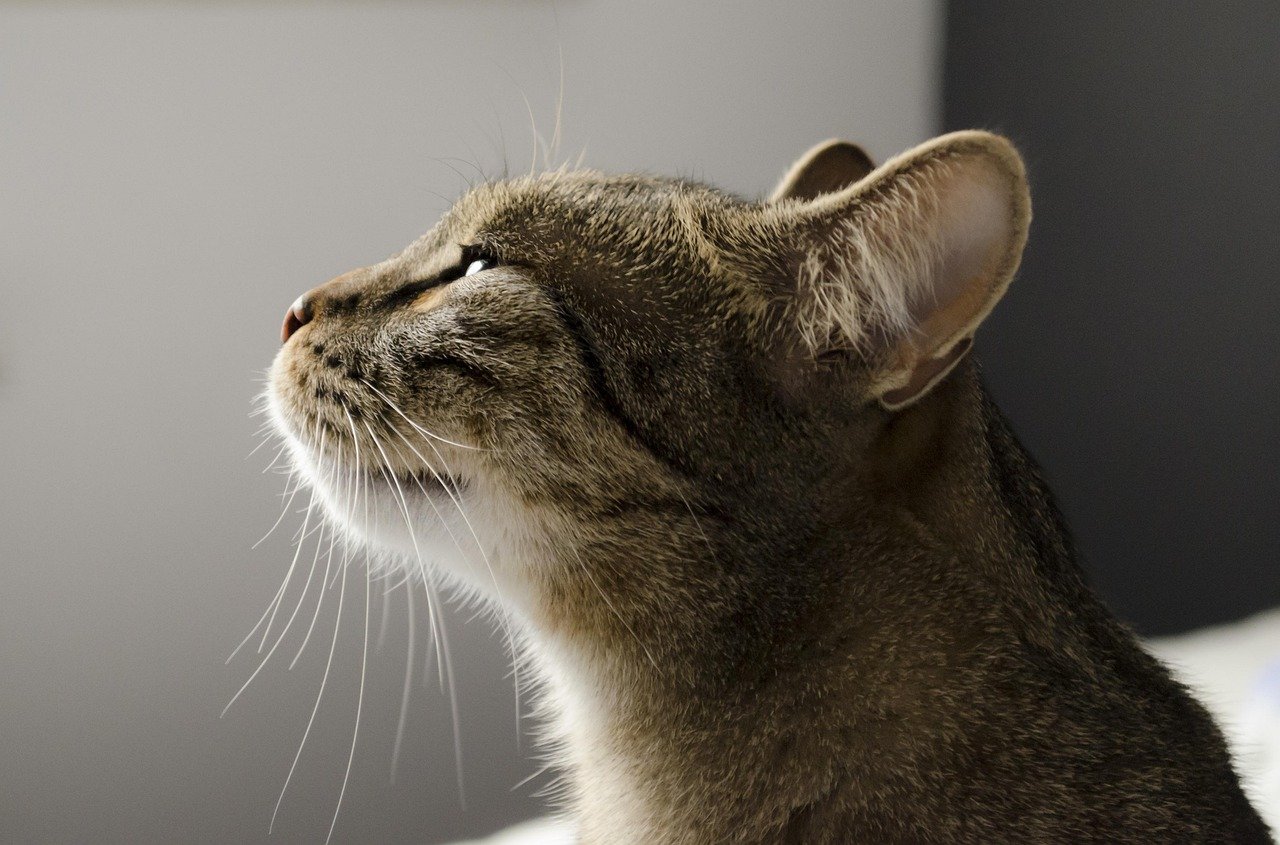
Cats have long been thought to possess a kind of sixth sense. Tales of their uncanny ability to detect unseen dangers or comfort those who are grieving have been passed down through generations. Many people believe that cats can pick up on energies that humans can’t, almost as if they’re tuned into a hidden wavelength. While science may not have all the answers, countless cat owners have stories of their pets behaving in strangely intuitive ways. This mysterious quality only adds to the fascination and deep connection people feel with their cats.
Understanding Emotional Energy in a Room

Emotional energy is the subtle atmosphere created by people’s feelings and moods. It’s not something you can see, but most humans can sense when a room feels tense, joyful, or somber. Cats, with their highly developed senses, may be even more sensitive to these invisible vibes. Their keen awareness allows them to notice changes in body language, tone of voice, and even the way people move. This heightened perception could explain why cats seem to react differently depending on the emotional climate of their environment.
How Cats Read Body Language
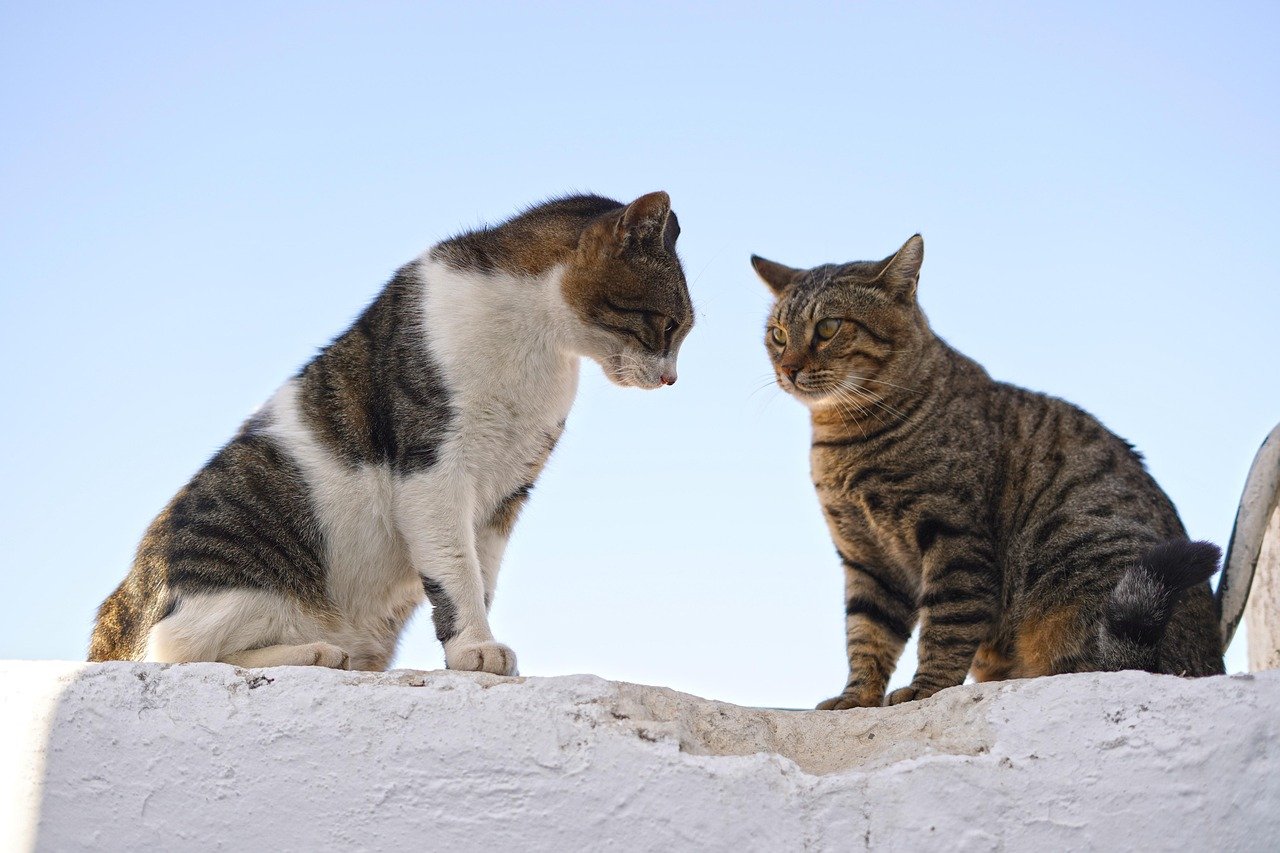
A big part of how cats understand their world is through body language. They watch the way humans move, their posture, and even facial expressions. If you slump in your chair or move sluggishly, your cat might sense sadness or fatigue. On the other hand, energetic movements and animated gestures could signal excitement or happiness. Cats are experts at reading these nonverbal cues, allowing them to adjust their own behavior to match the mood of the room.
Vocal Cues and Emotional Detection

The tone and volume of your voice can reveal a lot about how you’re feeling. Cats are incredibly tuned into these vocal cues. A gentle, soothing voice can reassure them, while loud or sharp tones might make them anxious or prompt them to hide. When you speak in a loving or playful way, cats often respond with affection or enthusiasm. Their ability to hear subtle changes in your voice helps them gauge the emotional energy around them and react accordingly.
Changes in Scent and Pheromones

Humans release different scents and pheromones depending on their emotions. Stress, fear, or happiness can all subtly change your body’s chemistry. With their powerful sense of smell, cats can detect these changes, even if we can’t. This could be why your cat comes to comfort you when you’re upset, or becomes more curious when you’re excited. Their nose picks up on what your heart is feeling, creating a silent bridge of understanding.
Observing Human Routine and Habits

Cats are creatures of habit and pay close attention to the routines of their human companions. When your daily patterns shift because of emotional upheaval—like sleeping in when you’re sad or moving around more when you’re excited—cats quickly notice. These changes in routine can clue them in to your emotional state. They might respond by seeking more attention, hiding away, or even acting out to get your focus back.
Empathy in Cats: Myth or Reality?

There’s ongoing debate about whether cats truly feel empathy or are simply responding to changes in their environment. While cats may not experience empathy in the same way humans do, they are highly attuned to emotional shifts. Many cat owners report their pets offering comfort during tough times, sitting quietly by their side or purring gently. Whether it’s true empathy or a strong response to behavioral cues, the effect is undeniably comforting.
Scientific Studies on Animal Emotional Perception

Research into animal behavior has shown that many pets, including cats, are sensitive to human emotions. Studies have found that cats can distinguish between happy and angry faces, and even adjust their own behavior based on their owner’s mood. While dogs often get the spotlight for emotional intelligence, cats are proving themselves to be equally perceptive, if sometimes more subtle in their responses.
Cats and Human Stress

Stress is contagious, and cats are not immune to its effects. If a household is tense or anxious, cats often become more withdrawn, nervous, or even misbehave. They may hide more, overgroom, or vocalize in ways that indicate distress. Recognizing this link can help cat owners manage their own stress for the benefit of their furry friends, creating a calmer, more harmonious home.
Comforting Behaviors in Cats

When they sense sadness or worry, many cats will respond by seeking physical closeness. They might curl up on your lap, knead with their paws, or gently headbutt you. These comforting gestures are more than just random acts—they’re often direct responses to the emotional climate they’re sensing. The warmth of a cat’s purr or the soft weight of their body can provide real comfort during difficult times.
Playfulness and Positive Energy

Just as cats notice sadness, they’re often more playful and energetic when the mood is light and joyful. Laughter, singing, or animated conversation can spark a burst of zoomies or playful antics. This responsiveness helps strengthen the bond between cats and their owners, turning a happy room into a playground for both human and feline.
Negative Emotions and Feline Withdrawal

On the flip side, a room filled with anger, sadness, or fear can make cats retreat or act out. They might hide under furniture, avoid contact, or become more vocal. Some cats may even develop behavior problems in consistently tense environments. It’s a silent cry for help that often goes unnoticed until the cat’s distress becomes obvious.
Energy Shifts and Sensitive Breeds
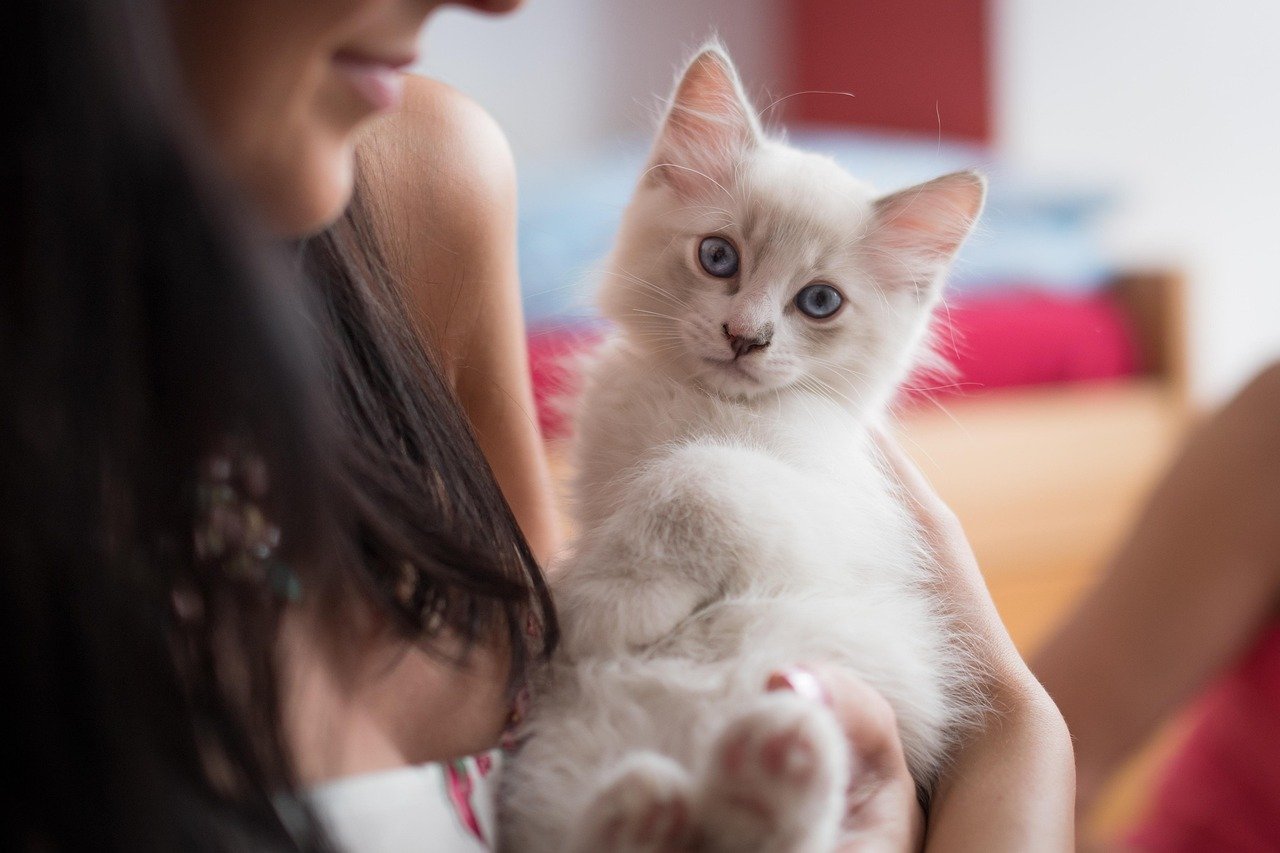
Some cat breeds are especially sensitive to emotional energy. For example, Siamese, Ragdolls, and Maine Coons are known for their strong bonds with humans and their ability to “mirror” emotions. Owners of these breeds often report that their cats are quick to react to even subtle shifts in mood, offering comfort or demanding attention as needed.
How Multi-Pet Homes Affect Emotional Energy
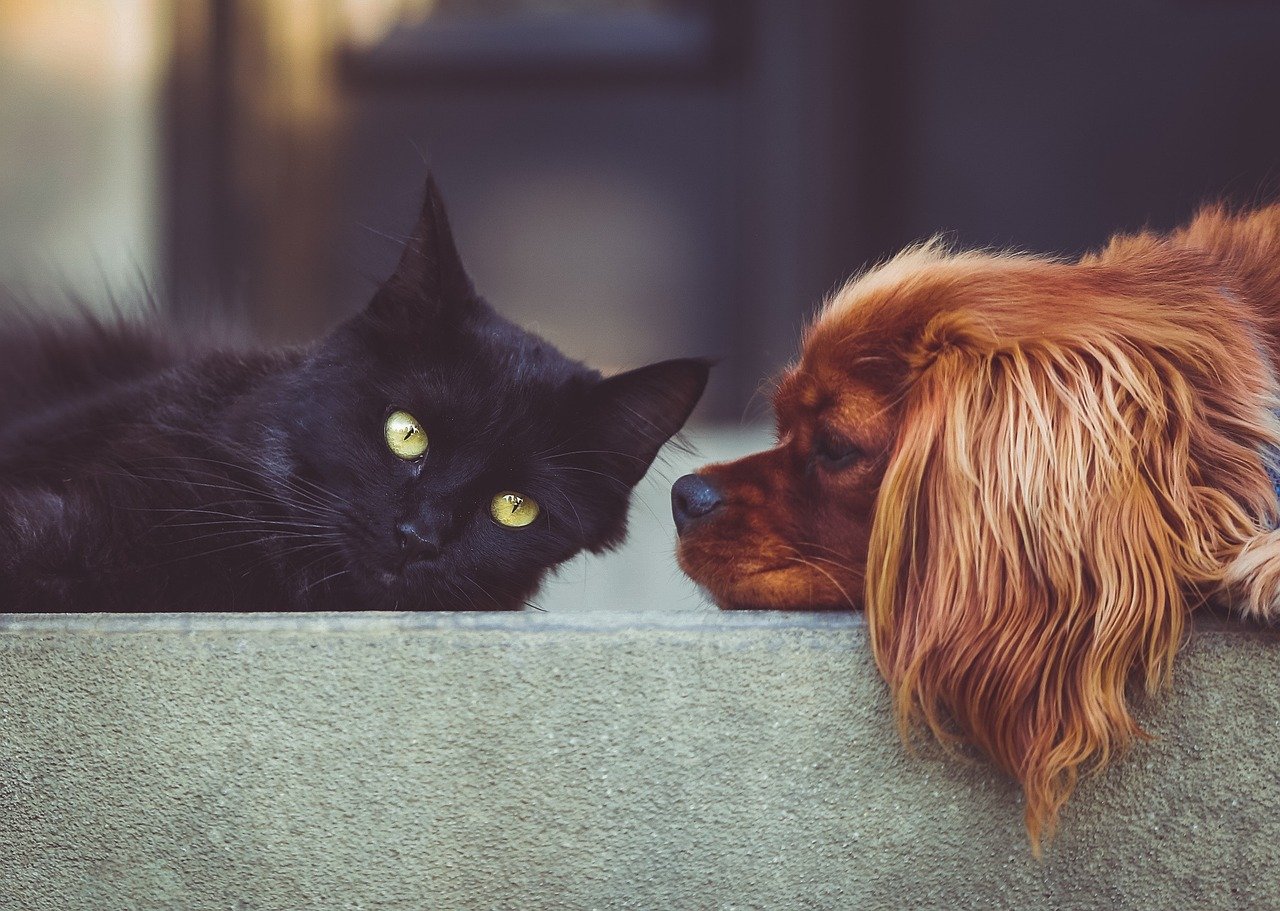
In homes with more than one pet, the emotional energy of the room can become even more complex. Cats not only pick up on their human’s emotions but also the moods of other animals. If a dog is anxious or another cat is upset, the overall atmosphere changes, and cats will adjust their behavior accordingly. This dynamic can create a domino effect, making it important for owners to maintain a calm and balanced household.
Feline Reactions to Celebrations and Gatherings
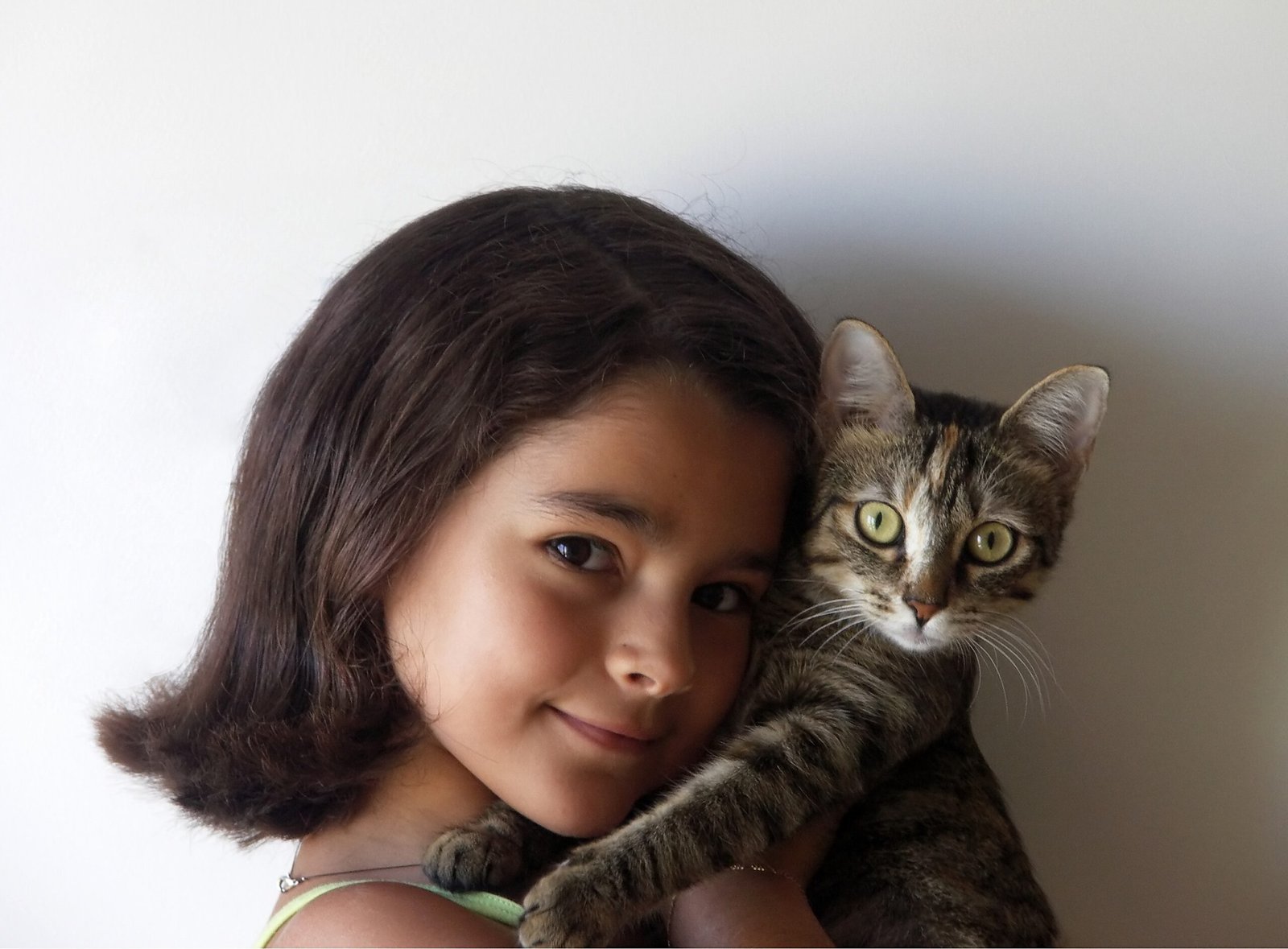
Holidays, parties, and large gatherings can create an atmosphere that’s either exciting or overwhelming for cats. Some felines become energized by the hustle and bustle, joining in the fun or curiously watching from a safe perch. Others might retreat to a quiet room, seeking refuge from the noise and unfamiliar faces. Understanding your cat’s unique personality helps ensure they feel safe during emotional highs and lows.
How Cats Respond to Sadness and Grief

When sadness or grief fills a home, many cats become noticeably more attentive. They might stay close, purr more frequently, or simply sit quietly with their owners. This response isn’t just comforting—it’s a sign that cats are deeply affected by the emotional undercurrents in their environment. Their silent support can make a world of difference to someone in need of solace.
The Role of Routine in Emotional Well-Being
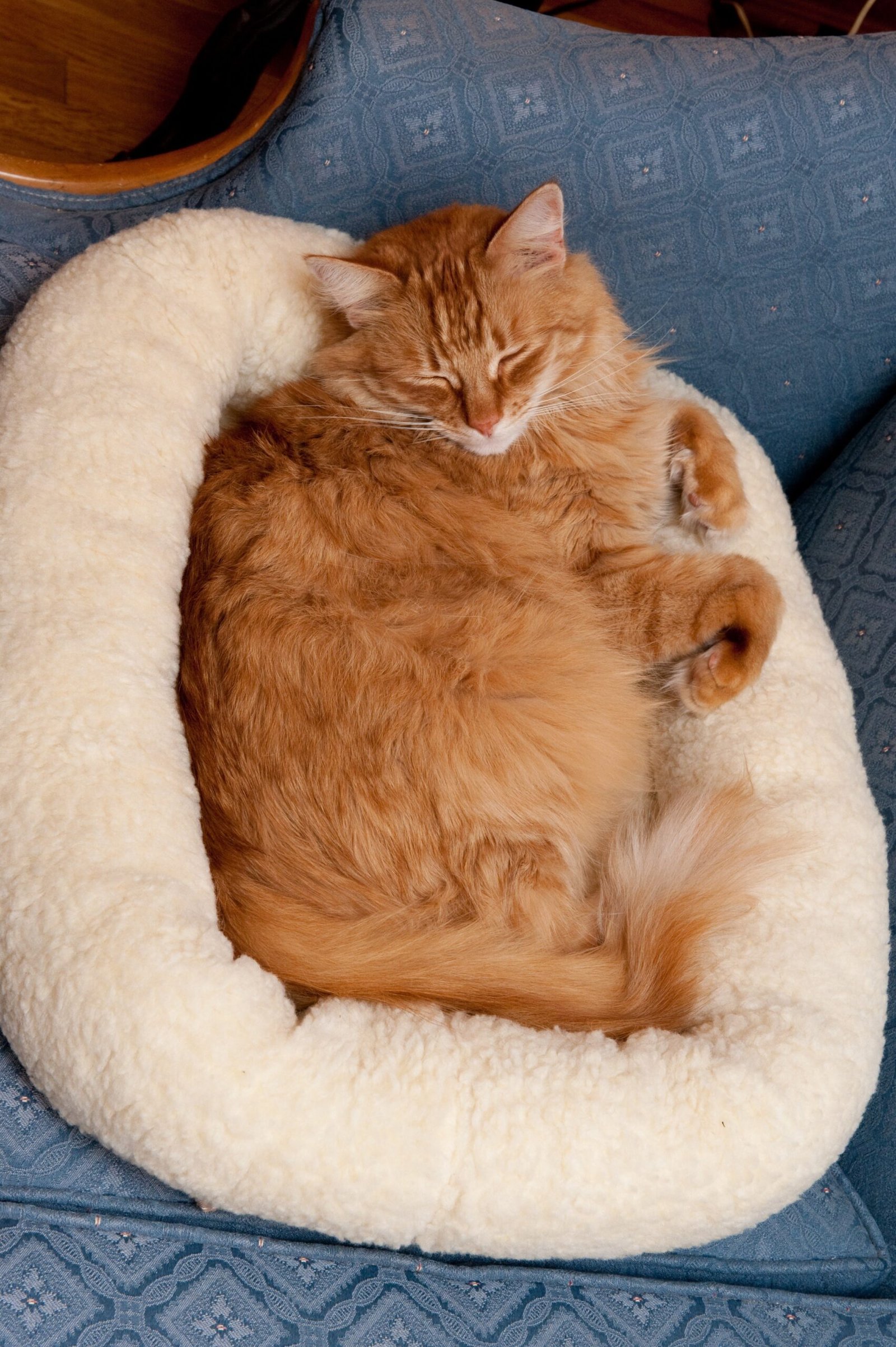
Keeping a steady routine can help cats feel secure, even when the emotional energy in a room shifts. Regular feeding times, play sessions, and quiet moments provide a sense of stability. When cats know what to expect, they’re better able to handle the ups and downs of human emotions. This consistency builds trust and helps cats feel safe, no matter what’s happening around them.
Bonding Through Shared Emotions
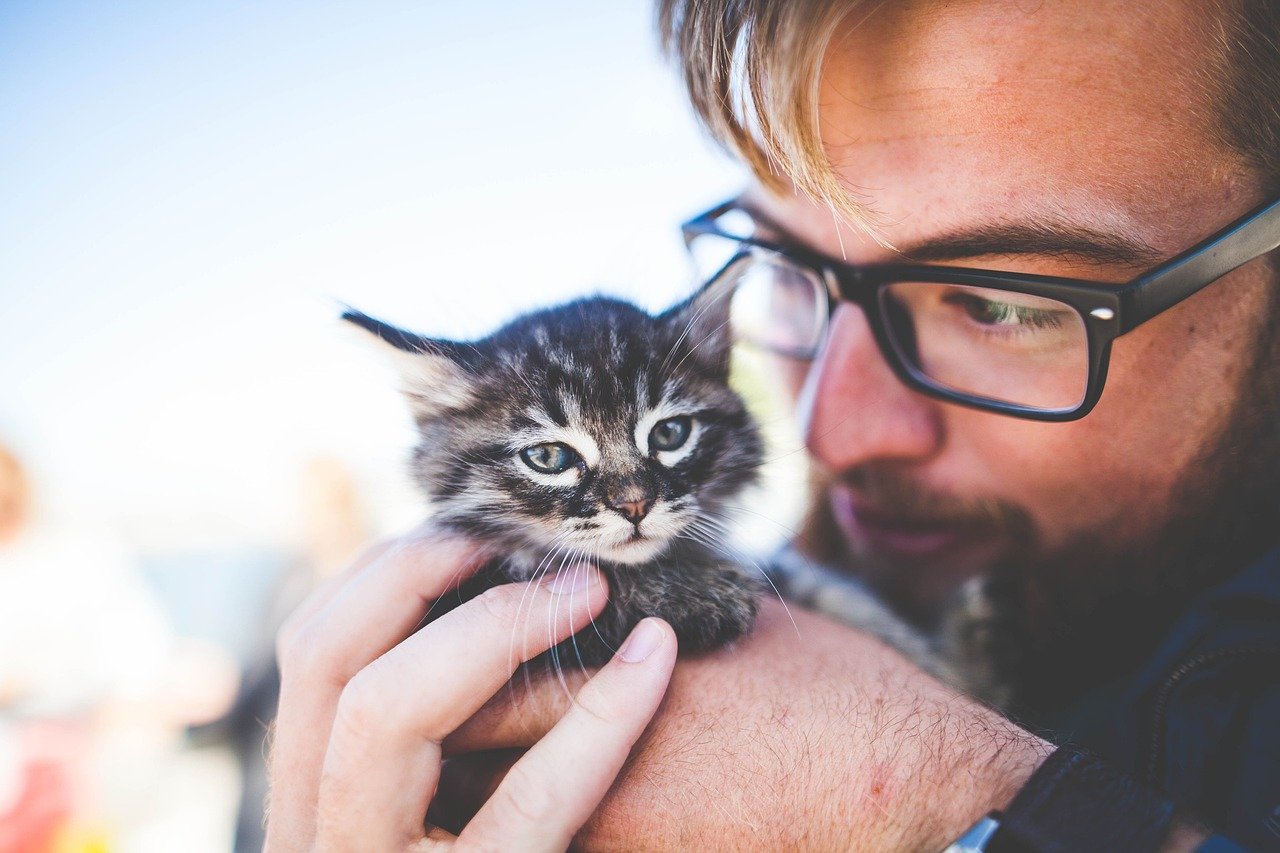
The connection between a cat and their owner often deepens during emotional moments. Whether it’s sharing joy or comforting each other through sorrow, these shared experiences strengthen the bond. Cats that sense and respond to their owner’s feelings often become more loyal, affectionate, and deeply attached, making the relationship even more special.
Tips for Creating a Positive Emotional Environment for Cats

To help your cat thrive, it’s important to create a calm and positive atmosphere. Soft music, gentle routines, and plenty of affection can make your home a sanctuary for both you and your feline friend. Engaging toys, cozy spaces, and regular playtime also contribute to a peaceful environment. When you manage your own stress and emotions, your cat will often follow suit, reflecting the peace you create.
Can Cats Help Improve Human Emotional Health?

Owning a cat doesn’t just benefit the animal; it can be a powerful boost for human well-being too. The soothing presence of a cat, their comforting purrs, and their intuitive responses to emotions can help reduce stress and anxiety. Simply petting a cat can lower blood pressure and promote relaxation. This mutual exchange of emotional energy creates a cycle of comfort and healing for both cat and owner.
The Unique Ways Each Cat Responds to Emotions

No two cats are exactly alike, and each has their own way of responding to emotional energy. Some may be outgoing and quick to offer comfort, while others are more reserved and need extra reassurance. Learning to read your cat’s signals and respecting their boundaries strengthens your bond. Embracing your cat’s unique personality helps you both navigate the emotional landscape of your home with greater understanding and love.
Hi, I’m Bola, a passionate writer and creative strategist with a knack for crafting compelling content that educates, inspires, and connects. Over the years, I’ve honed my skills across various writing fields, including content creation, copywriting, online course development, and video scriptwriting.
When I’m not at my desk, you’ll find me exploring new ideas, reading books, or brainstorming creative ways to solve challenges. I believe that words have the power to transform, and I’m here to help you leverage that power for success.
Thanks for stopping by, Keep coming to this website to checkout new articles form me. You’d always love it!






